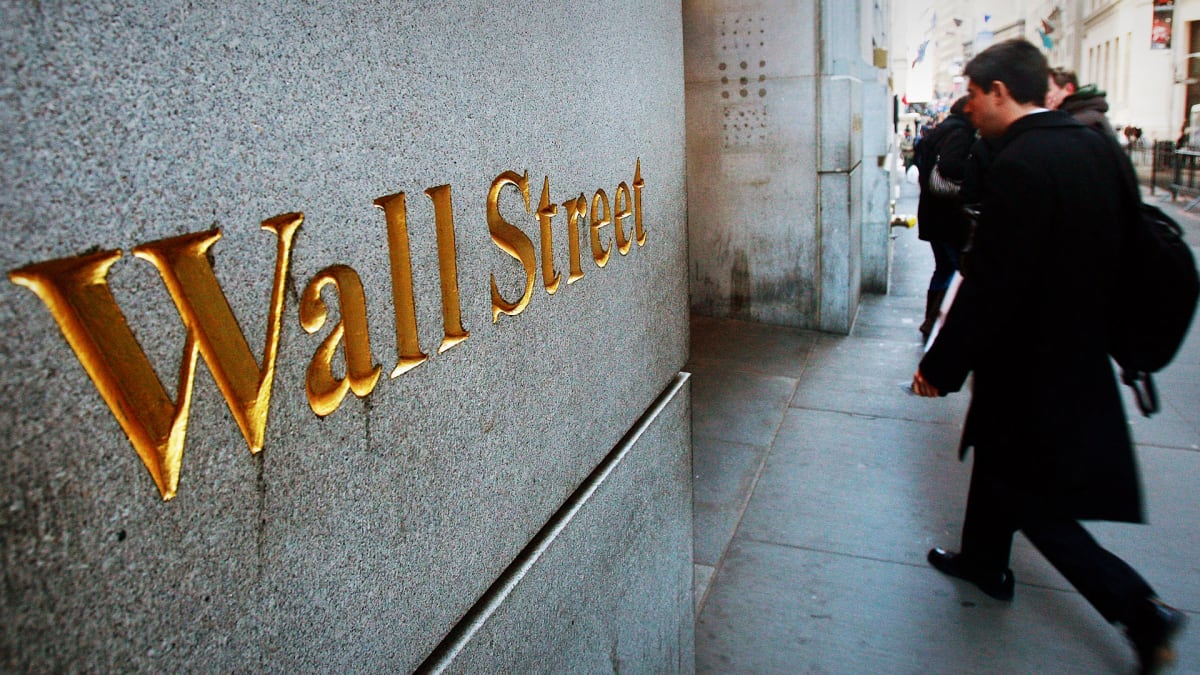
U.S. stocks powered higher Thursday, while Treasury bond yields extended their recent slump and the dollar tested two-month lows, as investors pared bets on further Fed rate hikes while eyeing the day-to-day developments in the simmering banking crisis.
Fed Chairman Jerome Powell delivered the central bank's ninth consecutive rate hike Wednesday, taking the Fed Funds rate another 25 basis point higher to a range of between 4.7% to 5% -- the highest since 2008 -- but in a nod to the ongoing banking crisis, seemed to suggest that future moves might be put on hold as its impact on credit conditions, inflation and the job market, which Powell said could be "the equivalent of a rate hike or perhaps more", is better understood.
"We did consider [a pause] in the days running up to the meeting," Powell told reporters during his question-and-answer session with the media in Washington. "So, in assessing the need for further hikes, we’ll be focused as always on the incoming data and the evolving outlook, and in particular on our assessment of the actual and expect effects of credit tightening."
Benchmark Treasury note yields plunged in the wake of the Chairman's remarks, with 2-year paper now firmly below the 4% level, at 3.894%, in a move that extends their two-day decline to around 30 basis points.
The U.S. dollar index, which tracks the greenback against a basket of six global currencies, fell another 0.124% early New York trading to change hands at 102.095, near the lowest since February 1.
The CME Group's FedWatch, meanwhile, is now pricing in a 57.7% chance that the Fed will pause its rate hike cycle in May, with bets on a cut in the Fund Funds rate outweighing those for a hike at the central bank's summer meeting in late July.
On Wall Street, the S&P 500 was marked 61 points higher in the opening hours of trading, lifting the benchmark to just under the 4,000 point mark, while the Dow Jones Industrial Average gained 415 points. The ongoing pullback in Treasury bond yields, meanwhile, added around 260 points to the tech-focused Nasdaq.
Powell's remarks on the banking crisis, however, were at the very least confusing to some observers, many of whom wondered how to square his assessment that the sector is "sound", deposits are "safe" and there is "ample liquidity in the system" with his concern that ”recent developments are likely to result in tighter credit conditions for households and businesses to weigh on economic activity, hiring, and inflation.”
"The only time anyone feels the need to say that the banking system is 'sound and resilient' is if it’s not," said Bryce Doty, senior portfolio manager at Sit Investment Associates. "The Fed seems happy to welcome in an era of credit crunch which we know will lead to a very hard landing."
Powell certainly wasn't given much help from Treasury Secretary Janet Yellen, who told lawmakers on a Senate Appropriations subcommittee meeting in Washington late Wednesday that she had not "considered or discussed anything having to do with blanket insurance or guarantees of deposits" when asked about reports suggesting the Treasury was looking to bypass Congress in order to shore-up confidence in the U.S. banking system.
Yellen instead suggest deposit guarantees be made on a "case-by-case basis", predicated on any bank failure having the potential to create "systemic risk, which I think of as the risk of a contagious bank run".
Deposit flight has become the key concern for bank investors since the collapse of Silicon Valley Bank earlier this month, with small regional lender PacWest Bancorp (PACW) noting a 20% decline since the start of the year and First Republic worried that its wealthy clients -- many of whom hold deposits above and beyond the FDIC's $250,000 limit -- will move to a larger financial institution.
Citigroup CEO Jan Fraser, however, was far more sanguine. Speaking to the Economic Club of Washington D.C. on Wednesday, Fraser insisted the broader banking system is "pretty sound", adding that lenders remain well-capitalized despite deposit flight concerns.
"This is not a credit crisis," Fraser said. "This is a situation where it's a few banks that have some problems, and it's better to make sure that we nip that in the bud."
Economists certainly seem to suggest that the banking crisis, should it escalate, will have a significant impact on credit growth, irrespective of the Fed's recent positioning of interest rates.
"We think the risk of an aggressive tightening of credit conditions is quite severe, not least because surveys of both borrowers and lenders make it clear that lending standards already have been tightening for a year," said Ian Shepherdson of Pantheon Macroeconomics. "The rate of growth of the stock of commercial and industrial loans has been slowing since the middle of last year, and it shrank outright -- ominously -- in February.
"In the case of small banks, it looks as though March will bring the third straight decline," he added. "That might be noise, but if it is sustained, the economy is in trouble."
That could be why bets on a summer rate cut have risen to around 65.6%, according to FedWatch data, with the odds rising to 88.5% for the September meeting.
In fact, by year-end, traders expect the Fed Funds rate to fall to as low as 4%, a far cry from the 5.125% average taken from the quarter "Summary of Economic Projections", better known as the dot plots, published during yesterday's meeting.
Jason Brady, president & CEO of Thornburg Investment Management in Santa Fe, New Mexico, seems hardly surprised.
"Chair Powell’s statement was a downbeat and somber tune that the economy appears challenged while inflation and unemployment remain too hot," he said. "A ‘trilemma’ of conditions -- uncertainty in the banking system, a challenging economic outlook, and the Fed’s required commitment to price stability -- intensified the market’s anticipation of a recession."







